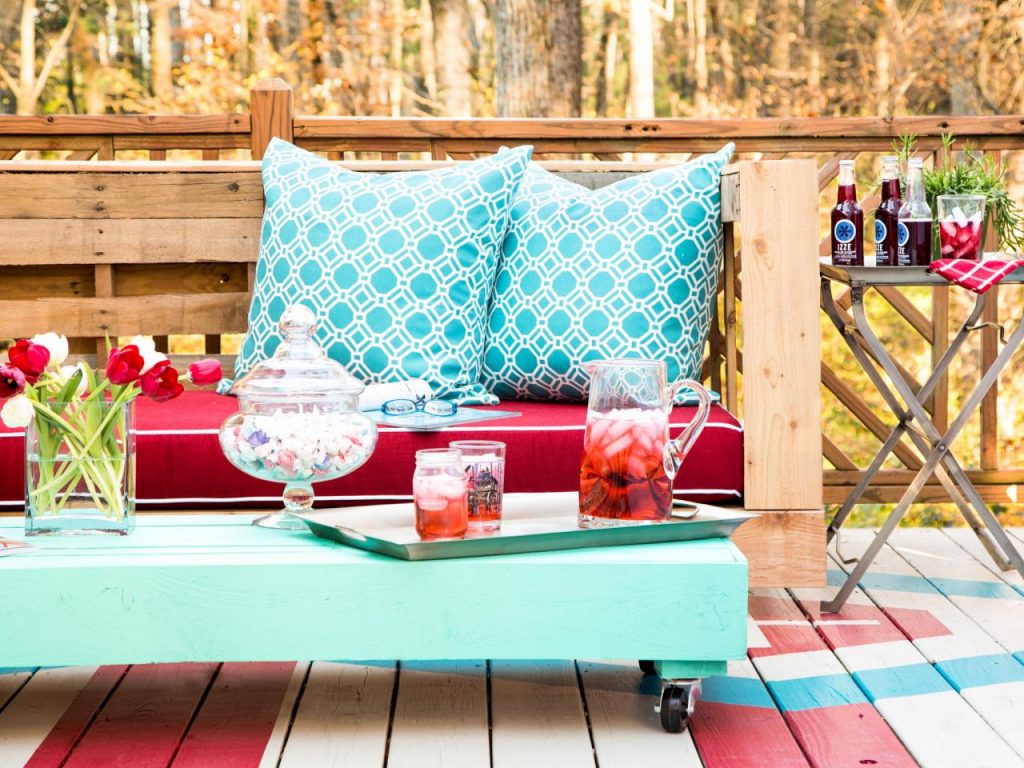Guide d'entretien des Impatiens - Variétés, Couleurs, Exigences de la Plante
L'Impatiens est l'une des plantes les plus populaires qui apparaissent dans les jardins. Elle ne demande pas trop d'attention, et avec de bons soins, elle développe beaucoup de fleurs vives et colorées. Elle aime la mi-ombre et un sol fertile et riche en humus. Découvrez les variétés populaires de fleurs d'impatiens et apprenez ce que vous devez savoir à son sujet.
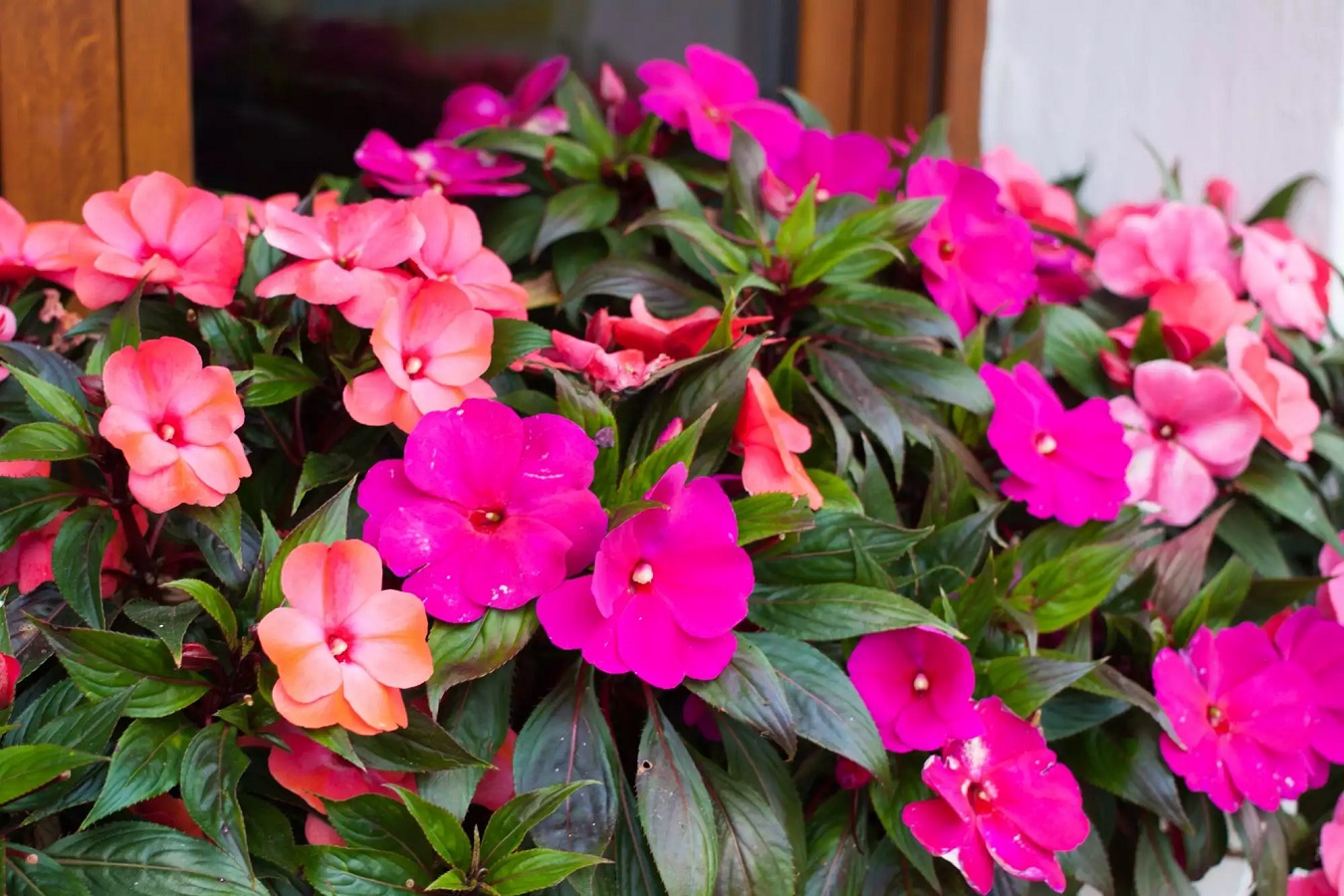
Impatiens - quel genre de plante est-ce ?
Impatiens, également connue sous le nom de busy Lizzie dans certaines régions, est une plante pérenne. Elle est classée comme une plante balsamique - appartenant au groupe des Balsaminaceae. Bien qu’elle soit populaire en Europe et en Amérique, elle est originaire d’Asie et d’Afrique, où elle pousse naturellement. Cette plante se caractérise par ses faibles exigences et sa belle apparence.
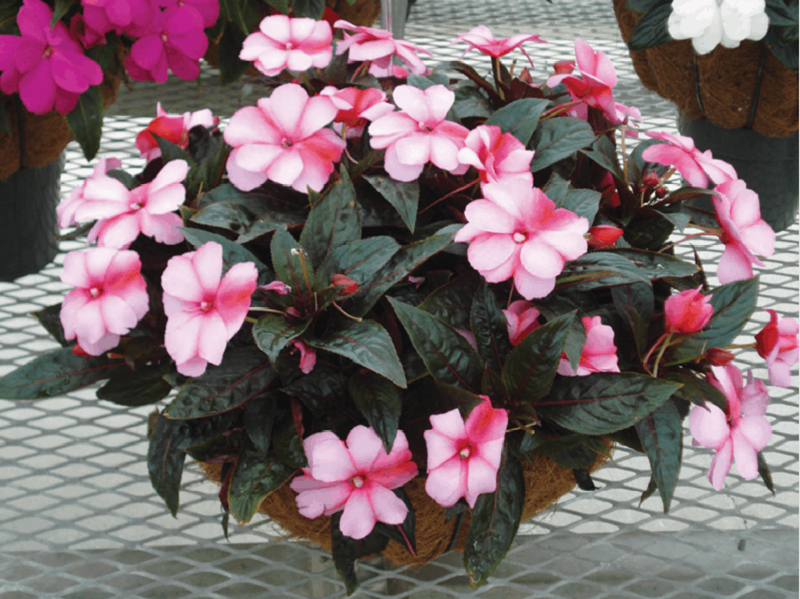
Les besoins les plus importants d’une plante impatiente
Les impatiens aiment pousser à l’ombre et à la mi-ombre. Ne l’oubliez pas, que vous cultiviez des impatiens en intérieur ou sur un balcon ou un patio. C’est important, car un ensoleillement trop intense endommage la plante.
Le sol préféré de la plupart des variétés d’impatiens est fertile et perméable. Ce n’est pas vraiment un problème pour les plantes cultivées en intérieur ou sur un balcon, car il faut de toute façon acheter un mélange de rempotage pour elles. Vous pouvez utiliser, par exemple, un mélange dédié aux plantes de balcon. C’est un peu plus difficile si vous voulez planter des impatiens dans un parterre de fleurs dans votre jardin. Si vous pensez que le sol n’est pas adapté à cette espèce, creusez l’endroit et ajoutez un mélange de rempotage approprié. De cette façon, vous pourrez créer des conditions de croissance parfaites pour les impatiens.
La plante Busy Lizzie aime pousser dans un sol humide, veillez donc à arroser la plante régulièrement. C’est particulièrement essentiel dans les jardins en période de sécheresse. La plante mourra sûrement sans suffisamment d’eau.
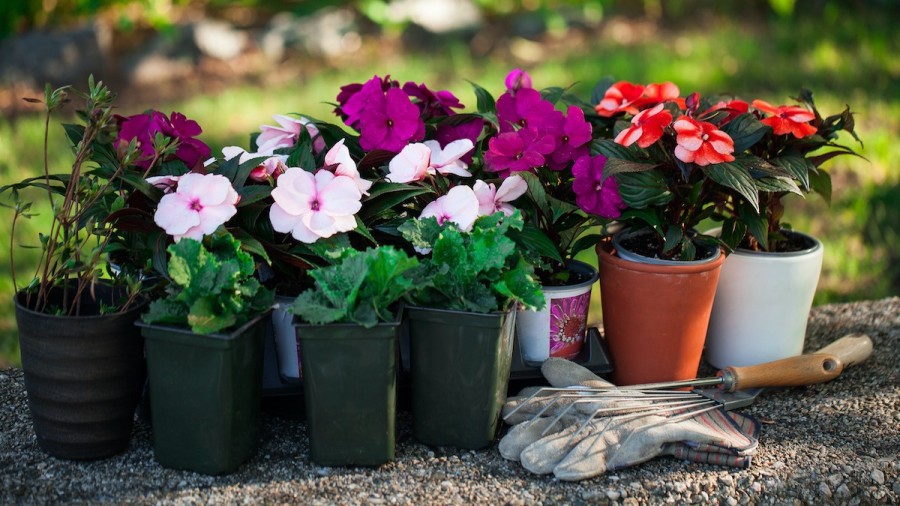
Impatiens - choisir un engrais
En réalité, les Impatiens n’ont pas besoin d’être nourris. La plante peut se débrouiller toute seule. Mais si vous voulez des fleurs d’impatiens particulièrement riches pendant la saison de floraison - vous pouvez renforcer la plante de temps en temps. Les engrais liquides Bloom pour plantes de balcon sont vivement recommandés, ainsi que les élixirs universels pour plantes vertes et ornementales.
Quand planter l’impatiente ?
Lorsqu’elle est cultivée en intérieur, l’impatiente pousse parfaitement bien toute l’année**. Pour cette raison, le moment où vous mettez la plante dans un récipient n’a aucune importance. Il en va tout autrement si vous voulez planter des impatiens dans le jardin. Dans ce cas, choisissez une date à laquelle il n’y a pas de risque de gelée. Les impatiens sont généralement plantées en pleine terre au début du mois de mai.
Impatiens - variétés populaires
Il existe de nombreuses variétés de plantes impatiens. C’est pourquoi vous devriez choisir les plus intéressantes pour votre maison ou votre jardin. Considérez les types d’impatiens suivants :
- impatiens walleriana - Impatiens walleriana
- Balsam du Cachemire - Impatiens balfourii.
- Impatiens scabrida - _Impatiens scabrida__.
- Baume du jardin - Impatiens balsamina.
- Balsam de Ceylan - Impatiens repens.
- Impatiente de Nouvelle-Guinée - Impatiens hawkeri
- Variétés hybrides - Impatiens hybrides.
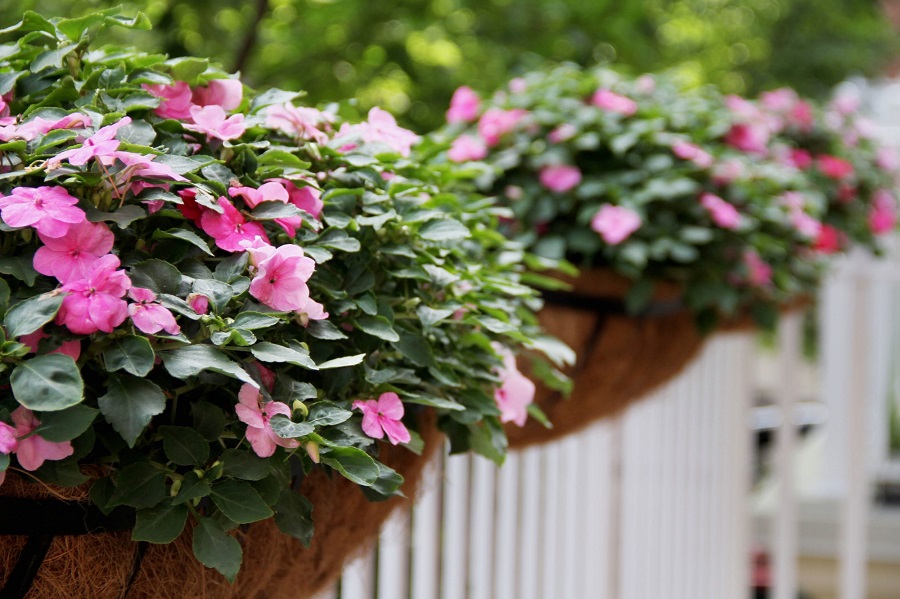
Comment cultiver les impatiens - propagation
Le greffage est la méthode la plus courante de propagation des impatiens. Le printemps est la meilleure période pour cela - de cette façon, les plantes ont suffisamment de temps pour se développer jusqu’en mai. Vous pouvez également acheter un semis dans un magasin de jardinage. Si vous n’avez pas assez de temps ou si vous avez peur que vos tentatives de greffer une plante impatiente échouent - achetez simplement des semis.
Certaines variétés d’impatiens s’auto-ensemencent. Mais c’est un phénomène assez rare - ne vous y fiez donc pas.
Ravageurs et maladies typiques des impatiens
Une impatiens cultivée en intérieur a peu de chances d’attraper une maladie ou d’être envahie par des parasites. Mais si vous gardez une telle plante sur un balcon, ou si vous cultivez des impatiens dans des parterres de fleurs, ces deux dangers sont sérieux et réels.
En ce qui concerne les maladies, le moisissure est la plus grande menace pour les impatiens. Il est facilement reconnaissable par une délicate fourrure grisâtre sur la plante. Pour éliminer la moisissure, vous pouvez essayer de la pulvériser avec des mélanges naturels. Mais ce n’est pas toujours une méthode efficace. Si cela ne fonctionne pas, essayez d’utiliser des produits chimiques.
Les limaces et les escargots sont les parasites les plus dangereux qui envahissent les impatiens. Les feuilles sont leur cible habituelle. Vous pouvez essayer des remèdes naturels pour les éliminer - il existe de nombreuses méthodes efficaces.
Comment tailler les impatiens ?
Prendre soin des impatiens implique également une taille régulière, grâce à laquelle la plante conserve son bel aspect. Cette opération s’effectue généralement après la fin de la floraison des plantes du jardin. Les rameaux doivent être taillés juste au-dessus du niveau du sol. Protégez les plantes contre les basses températures avant l’hiver.
Les impatiens d’intérieur nécessitent une approche différente. Vous ne devez pas couper la plante avant l’hiver, car elle pourrait fleurir pendant cette période. Les branches doivent être taillées au début du printemps, en coupant 1/4 de leur longueur. De cette façon, la plante peut se régénérer avant la prochaine saison de floraison.
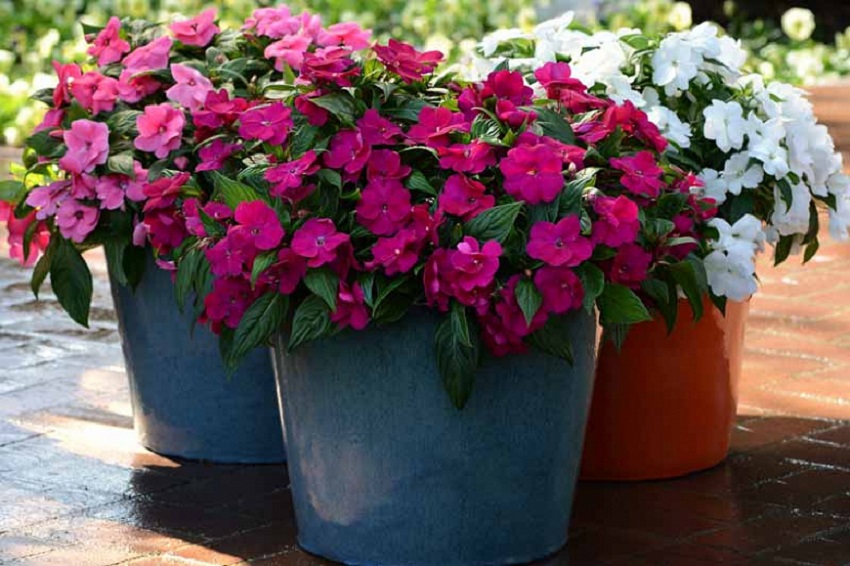
📍 À quoi ressemblent les impatiens ?
L'impatiens est une plante ornementale qui développe beaucoup de fleurs. En ce qui concerne la couleur, les impatiens sont typiquement roses, bien qu'il existe également des variétés blanches et violettes. Cette plante vivace pousse en largeur, ce qui en fait une plante parfaite pour un parterre de fleurs, bien qu'elle puisse également être cultivée en conteneurs.
📍 Impatiens - soleil ou ombre ?
L'Impatiens aime la pleine ombre ou la mi-ombre, ainsi qu'un sol humide. Elle ne peut pas être exposée en plein soleil, car les rayons du soleil pourraient sérieusement endommager la plante.
📍 Comment arroser les impatiens ?
L'impatiens, également connue sous le nom de Lizzie occupée, nécessite un arrosage régulier. Il se peut que vous deviez l'arroser tous les jours, surtout en cas de sécheresse et lorsqu'elle pousse dans le jardin. Mais veillez à contrôler la quantité d'eau - l'impatiens ne tolère pas d'être trop arrosée.
📍 Quand faut-il planter les impatiens ?
Les impatiens, si elles sont cultivées en intérieur, peuvent être plantées à n'importe quel moment de l'année - le moment n'est pas important. Quant aux impatiens cultivés dans les jardins, le mois de mai est le meilleur moment. Assurez-vous qu'aucune gelée n'est annoncée. Les basses températures pourraient endommager la plante.
Articles de fond




